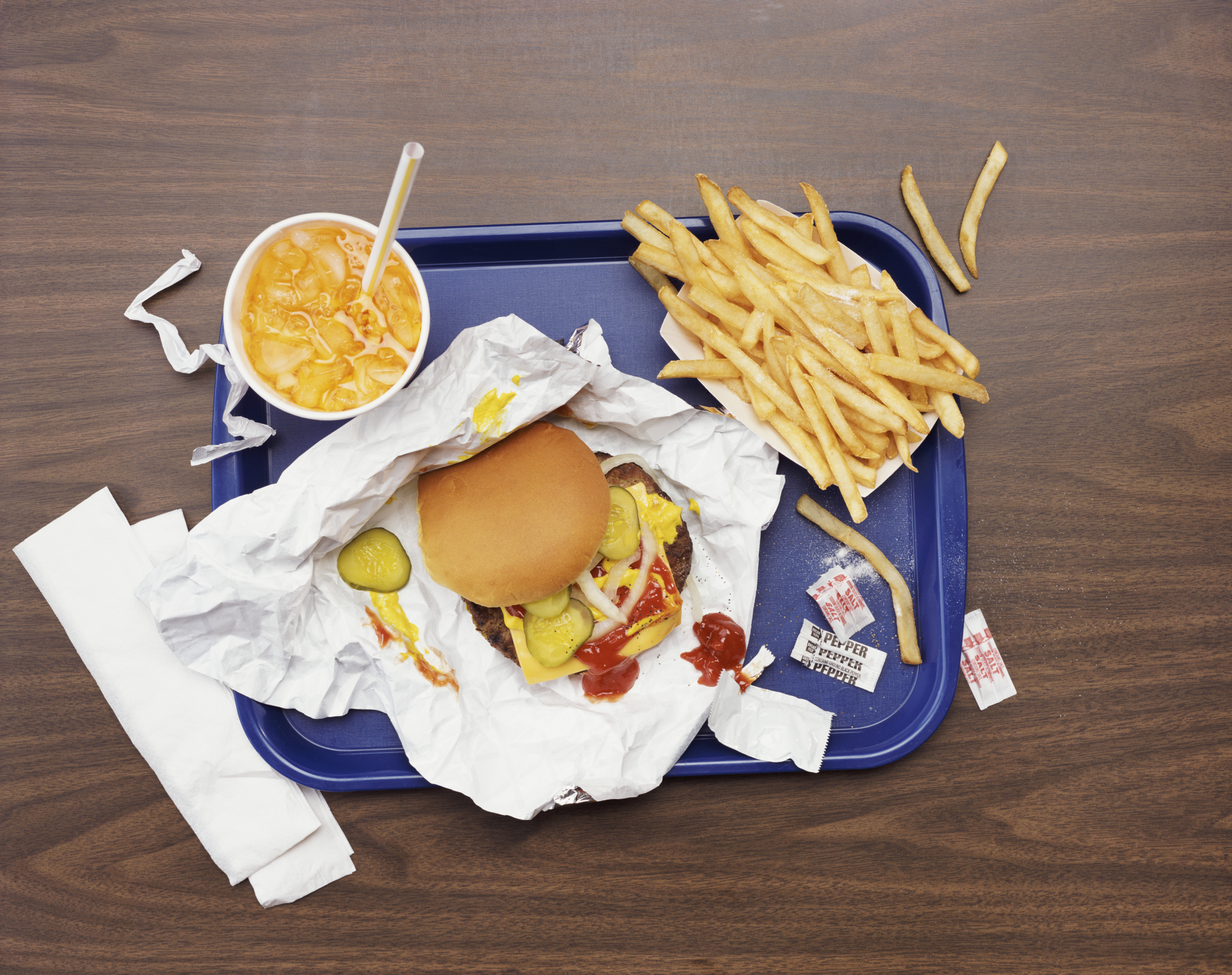
New research finds that kids would consume fewer calories under proposed fast-food standards.
New York City kids may soon have to say goodbye to fast-food kids’ meals, at least as they currently know them.
A “Healthy Happy Meals” bill, proposed by New York City Council Member Ben Kallos (Democrat – Upper East Side), would prohibit restaurants from offering toys with kids’ meals that have over 500 calories or fail to meet other nutritional criteria.
The bill finds some support in a new study by researchers at New York University (NYU), indicating that the proposed policy would have a positive impact on kids’ fast-food eating habits.
Under the proposed ordinance, meals that come with toys would have to contain fewer than 500 calories and 600 milligrams of sodium. The bill also would require that meals include at least a half-cup of fruit or vegetables or a whole serving of whole grains.
To put these numbers in context, a ban set at these levels would rule out a toy for meals like the McDonald’s Cheeseburger Happy Meal (560 calories) and the Wendy’s Kids’ Grilled Chicken Wrap (730 milligrams of sodium). According to the NYU researchers, 98 percent of current kids’ meals from fast-food restaurants failed to make the cut.
Based on a review of receipts from three different fast-food restaurants, the researchers estimate the calorie and nutritional changes that would occur if existing kids’ meals met the New York City proposal’s nutritional standards. Assuming that the number of meals eaten would remain the same if the bill were adopted – and that no other changes would occur in children’s diets – the researchers predict that the bill would result in a 9 percent reduction in calorie intake, a 10 percent drop in sodium, and a 10 percent decrease in calories from fat.
“Passing the bill could be a step in the right direction, though no single policy can singlehandedly eliminate childhood obesity,” said Brian Elbel, lead author and associate professor in the Department of Population Health at New York University Langone Medical Center.
The bill would likely have the greatest effect on low-income, racial and ethnic minority children who are the primary targets of fast-food marketing. These populations experience a disproportionate level of childhood obesity, even though nearly half of all New York City elementary school students are overweight.
The food industry’s response could ultimately negate the proposed policy’s impact. “For example, the industry could remove children’s meals altogether, forcing children to order the larger portions from the adult menu,” co-author and Professor Marie Bragg noted. It is possible, though, that removal of children’s meals from fast food restaurants could discourage kids from eating fast food meals altogether. When Taco Bell discontinued kids’ meals in 2013, some nutrition experts lauded it as a positive move away from luring young people towards unhealthy foods.
Regulators around the world are experimenting with different policies on fast-food kids’ meals. Chile banned the practice of including toys with children’s meals altogether in 2012, and San Francisco instituted a policy similar to the New York City proposal back in 2010.
The San Francisco ordinance regulated meals with more than 600 calories, and it only banned “free” incentive toys. Apparently McDonald’s quickly began offering toys for a nominal ten cents to sidestep the policy—a loophole accounted for in the New York City proposal.
Still, offering an incentive toy may help steer kids in the right direction. Another study found that children are more likely to select healthier meals that come with a toy than unhealthy meals without one. Thus, if fast-food vendors failed to change their menus so that all food items met the nutritional criteria to offer a toy, children would presumably choose the healthier “toy” meals over the less healthy, toy-less meals.
While studies differ on the precise degree to which fast-food meals might contribute to obesity, close proximity between fast-food restaurants and schools has been linked to increased risk of obesity in school children. Obesity among children in the United States continues to rise, putting more children at greater risk for a number of weight-related health ailments, including diabetes, high cholesterol, high blood pressure, sleep apnea, and bone and joint problems. In New York City, fast-food restaurants cluster around schools especially in black neighborhoods.
Council Member Kallos’s bill currently has twenty-one sponsors, out of the twenty-six needed for the City Council to pass a bill. The bill, though, currently faces opposition from the restaurant industry.



